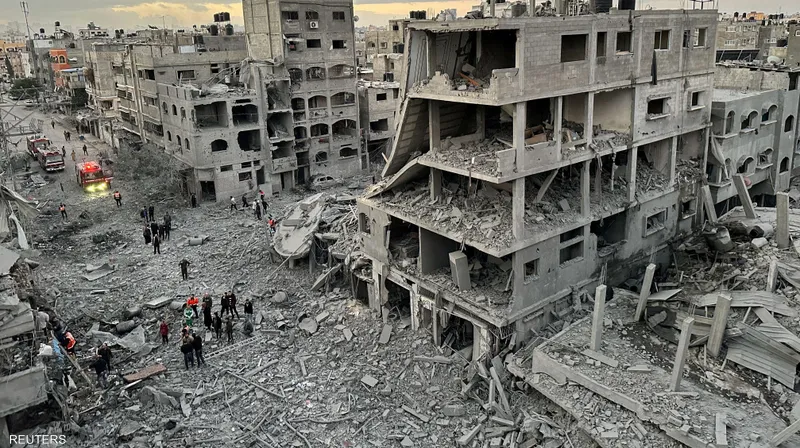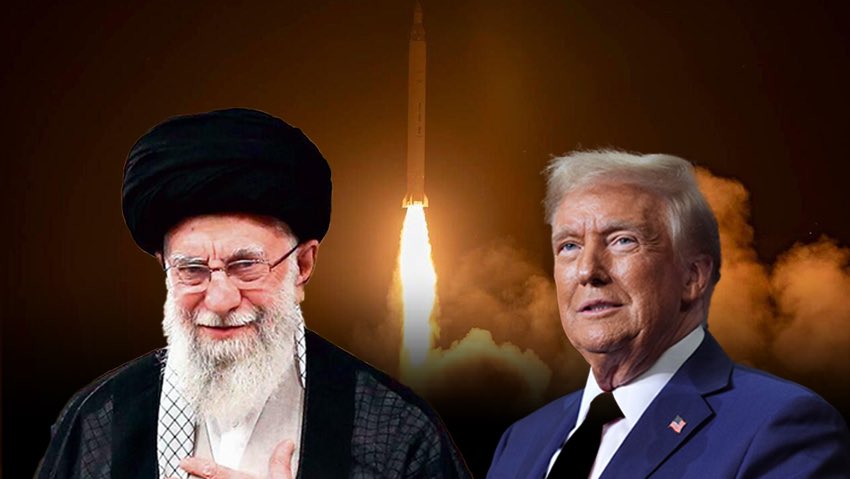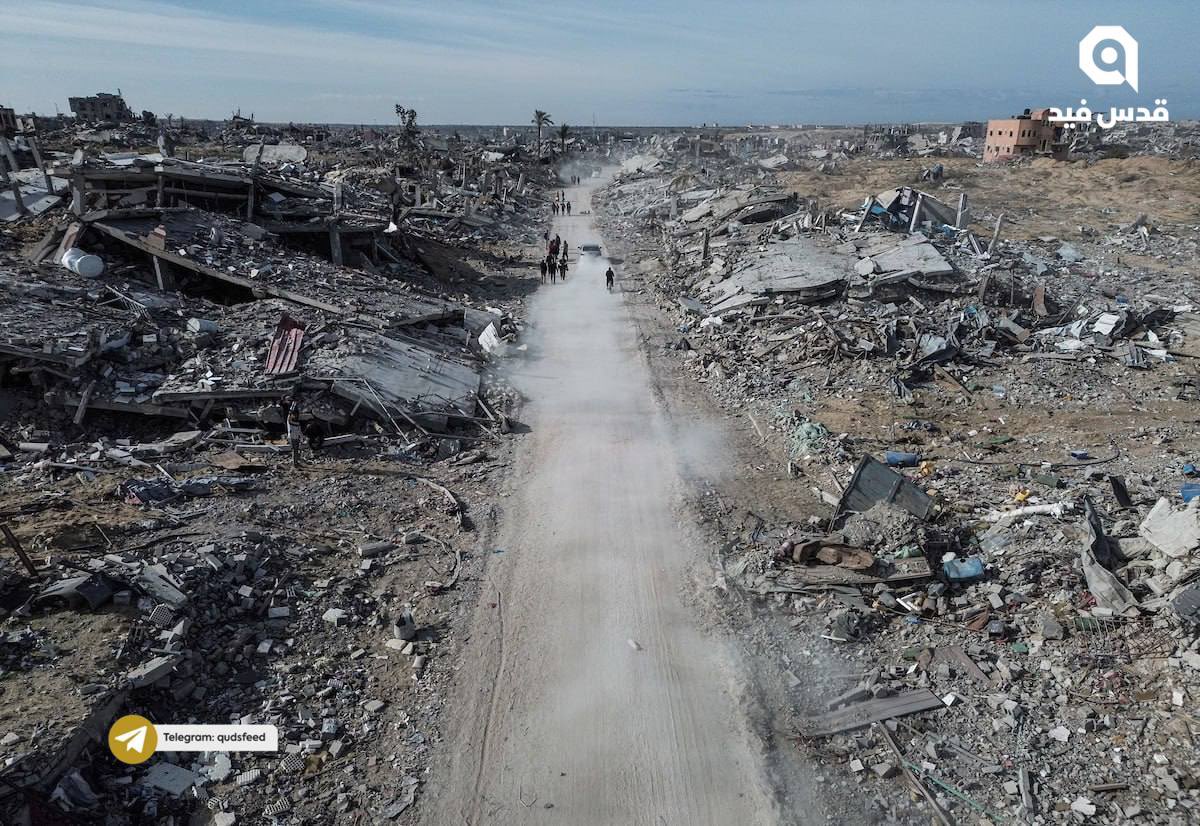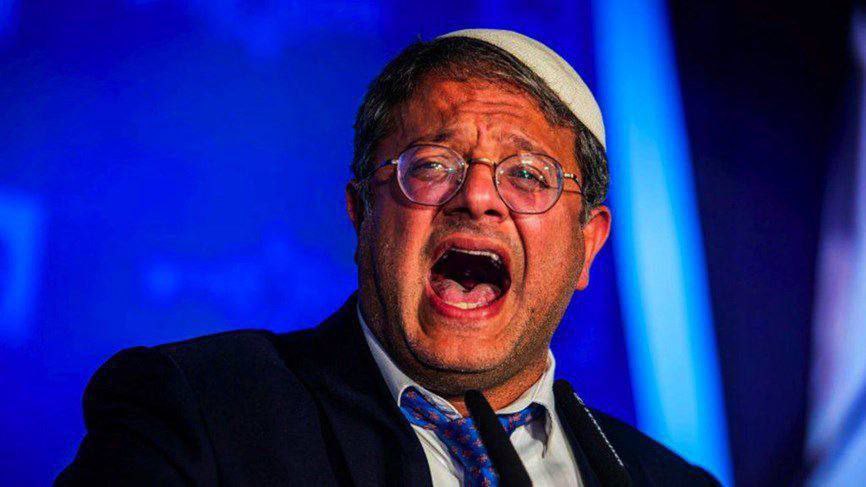Trump Slams Door on Netanyahu
Israeli Army Radio has reported that personalities close to US President Donald Trump informed the Israeli Strategic Affairs Minister, Ron Dermer, that the US president had decided to cut off contact with Prime Minister Benjamin Netanyahu.
The Army Radio explained that these acquaintances close to Trump informed Dermer that Netanyahu was manipulating the US president, stressing that what Trump hates most is being perceived as being manipulated.
The radio quoted an Israeli official as saying that Minister Dermer’s conversation with senior Republican officials, did not work because of his displayed arrogance.
This came hours after a report in the Israel Hayom newspaper asserting that the US president is “disappointed” with Netanyahu and intends to take “steps” in the Middle East “without waiting for him.”
Since the start of his new presidential term on January 20, 2025, Trump has offered diverse and unlimited support to the Netanyahu government, which has been waging a genocidal war against the Palestinians in the Gaza Strip since October 7, 2023.
However, the Israel Hayom daily quoted an unnamed sources as saying that “there is a decline in the personal relations and mutual disappointment between Netanyahu and Trump.”
The newspaper added that two senior sources close to Trump said, in closed conversations in recent days, that he has decided not to wait for Israel any longer and is moving forward with steps in the Middle East without “waiting for Netanyahu.”
The sources did not elaborate on the nature of the steps Trump intends to take unilaterally, but there is a complaint in Tel Aviv that Trump sometimes acts without coordination with Israel.
The most recent example is the ceasefire agreement reached by the United States and the Yemeni Houthi group, which does not include Israel and which Israel was unaware of before its announcement according to Al Jazeera.












